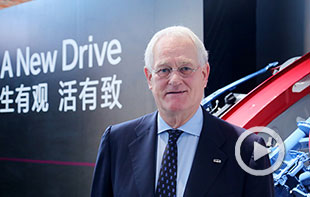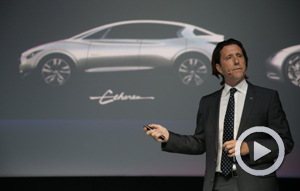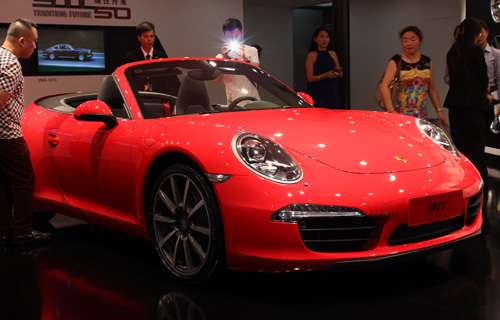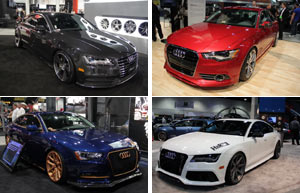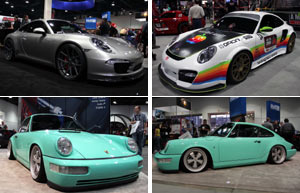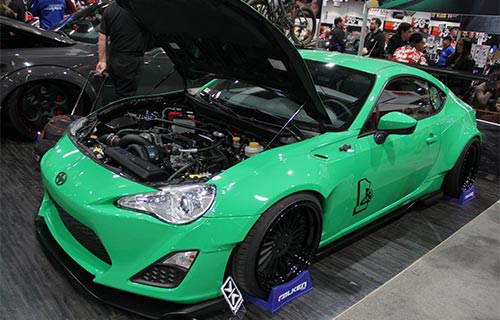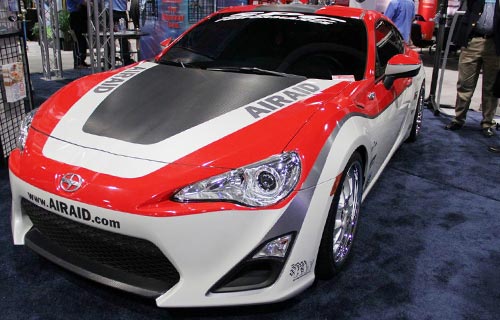Companies pushed to consolidate often fail
Updated: 2013-07-08 07:42Over the past three decades, "consolidation" has been a buzzword in the Chinese auto industry.
Early policy in the 1980s aimed at a consolidation of the "big three and small three". The government selected the winners from among the three big brands - FAW, Dongfeng and SAIC - and three smaller brands - BAIC, Tianjin Motor and GAC.
To this day, the industry remains heavily fragmented, but the government remains committed to a top-down blueprint for consolidation.
The latest slogan, "big four and small four", is a clear indicator of the continuation of this policy. Chang'an has been added to the big four and BAIC, GAC, Chery and Sinotruk make up the smaller four.
Despite such efforts, China still has the most fragmented market in the world.

Encouraged by the government, there have also been some mergers and acquisitions in the Chinese auto industry in recent years.
The reality is, however, that these "arranged marriages" often end in tragedy.
In 2009, Chang'an Auto Group acquired Hafei and Changhe from AVIC to form the new Chang'an Group with an annual sales volume of over 2 million units, ranking it the third-largest domestic auto group.
"After this consolidation, a new Chang'an Group with an optimized geographic location, a larger scale of production and stronger competitiveness was created.
It will become one of the first-class auto groups in the world," said a Chang'an senior executive who was apparently confident in its strength at the time of the merger.
However, his predictions were off mark. Chang'an discovered that the core competitiveness of an automaker comes not from the scale of production or geographical location but rather from its core R&D capabilities, management systems, and talent.
The restructuring of Chang'an Auto made no significant changes to those three important factors.
Compared to 2010, sales of Chang'an in 2012 declined by 20 percent; Hafei, 44 percent, and Changhe, 70 percent.
In 2012, Chang'an attempted to transfer its car production license of Changhe Auto to its Nanjing plant, triggering a strong conflict between Changhe and Chang'an. There are now signs that Changhe is seeking autonomy or even plans to form a spin-off group from Chang'an.
Chang'an is not the only instance of the failure of such an "arranged marriage".
Another merger in 2009 in which GAC took over Changfeng Leopard had a similarly negative outcome.
Under pressure from the Ministry of Industry and Information Technology and National Development and Reform Commission, GAC spent more than 1 billion yuan ($163 million) to take over 29 percent of Changfeng and became the biggest shareholder.
According to plan, this merger should have reduced fragmentation in the auto sector to some extent and helped to grow a powerful indigenous brand. Instead, it eventually led to the creation of three new carmakers.
The original Changfeng Auto was restructured as GAC Mitsubishi after the former parent Changfeng Group withdrew completely.
The indigenous brand Leopard, which was no longer needed in GAC Mitsubishi, was dropped from the market.
The Changfeng Group therefore bought back the Leopard from GAC and set up Changfeng Auto to continue production.
In May 2013, the Yichang city government, GAC and Zhongxing Auto signed a framework agreement to build the Yichang plant for the joint venture GAC-Zhongxing. The core of the agreement was to transfer the Acumen sedan platform, which GAC acquired from Changfeng, to Zhongxing Auto.
The government's efforts to consolidate the industry in recent years have often been a case of two steps forward, two steps back. But it has not given up on the policy yet.
Early this year, the government again called for consolidation in the auto sector. The consolidation guidelines for nine sectors - with the auto industry topping the list of priorities - were issued in January 2013 by the Ministry of Industry and Information Technology and 11 other ministries.
The new policy aims to create three to five large auto groups with core competitive strength by 2015.
What does this really mean for the industry?
Given previous failed marriages, we should have a clear answer. Chinese-style mergers done at the behest of the government will not help the industry grow. A laissez-faire policy may well be more appropriate for the local auto industry at this stage.
The writer is the director of Asia Pacific Forecasting at LMC Automotive, who can be contacted through jzeng@lmc-auto.com
(China Daily 07/08/2013 page18)


